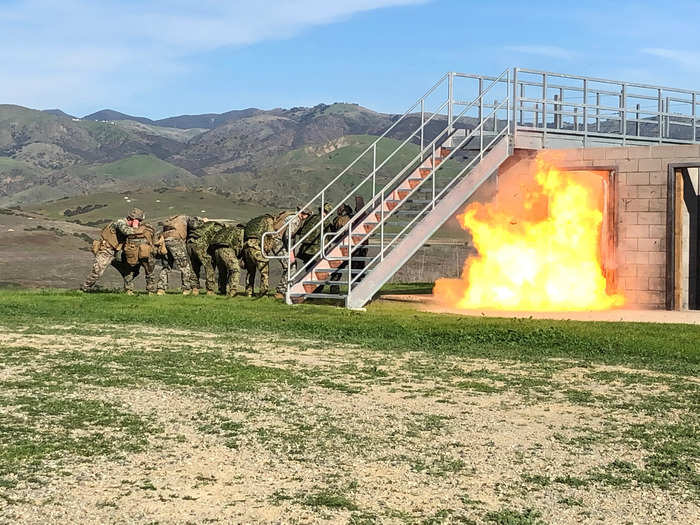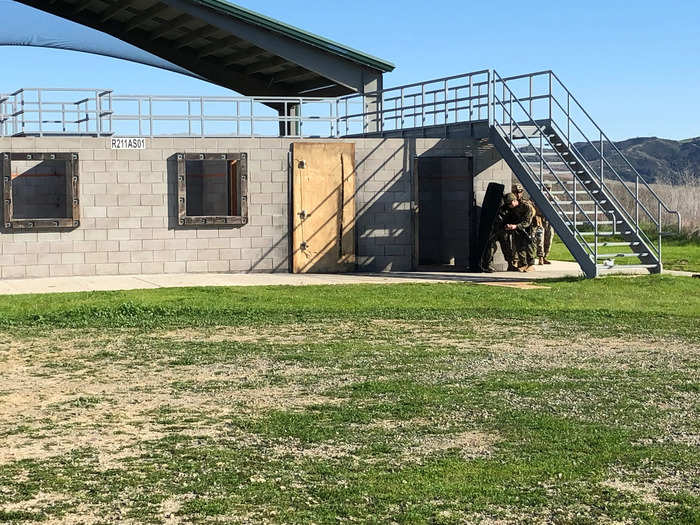Here's what it looks like when Marines blast their way into buildings while battling in cities
During the urban breaching training, the Marines and their Japanese partners used four types of explosive charges: detonating cord linear charges, uli knot sliders, doughnut charges, and water charges.
Popular Right Now
Popular Keywords
Advertisement










